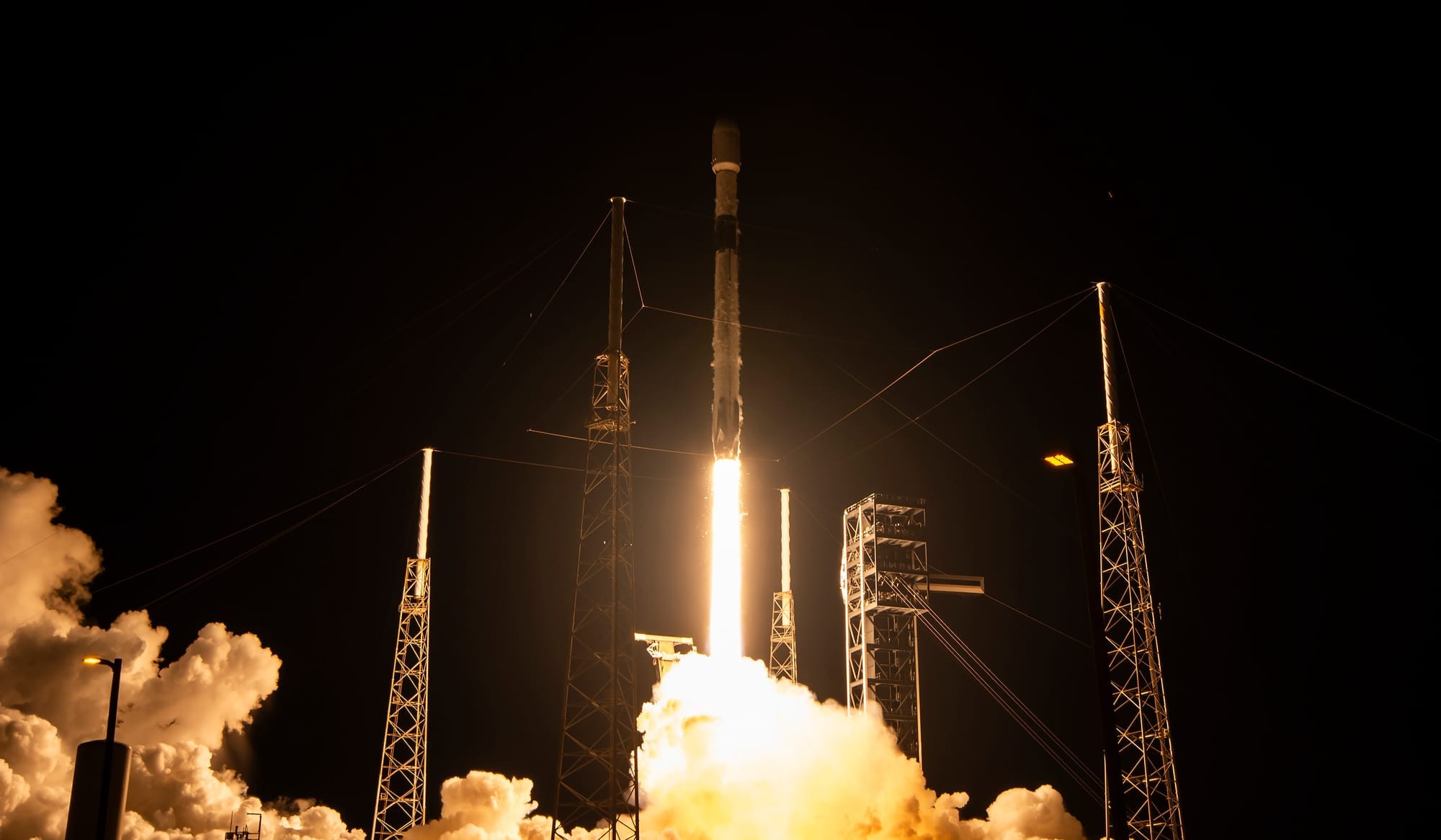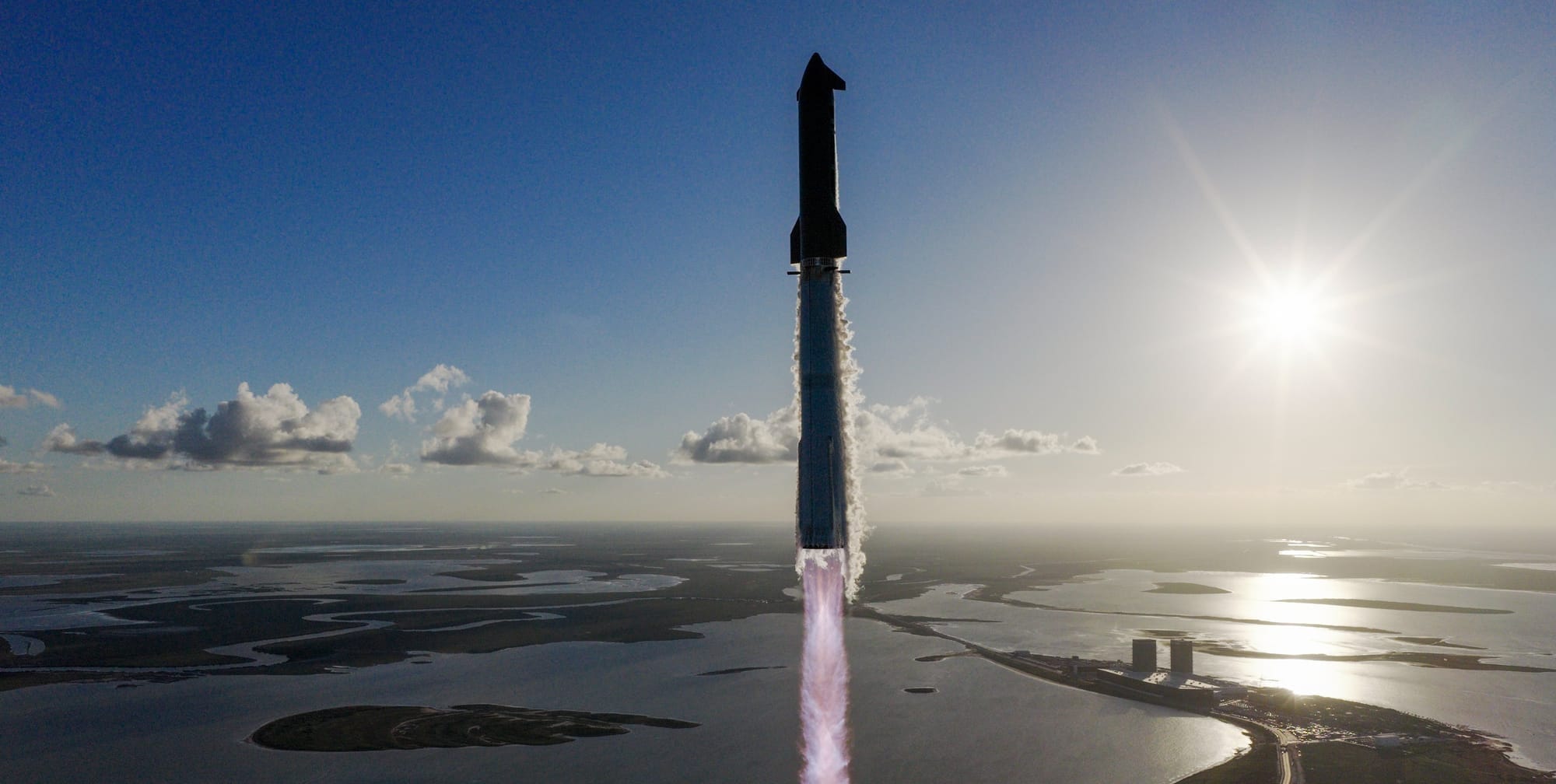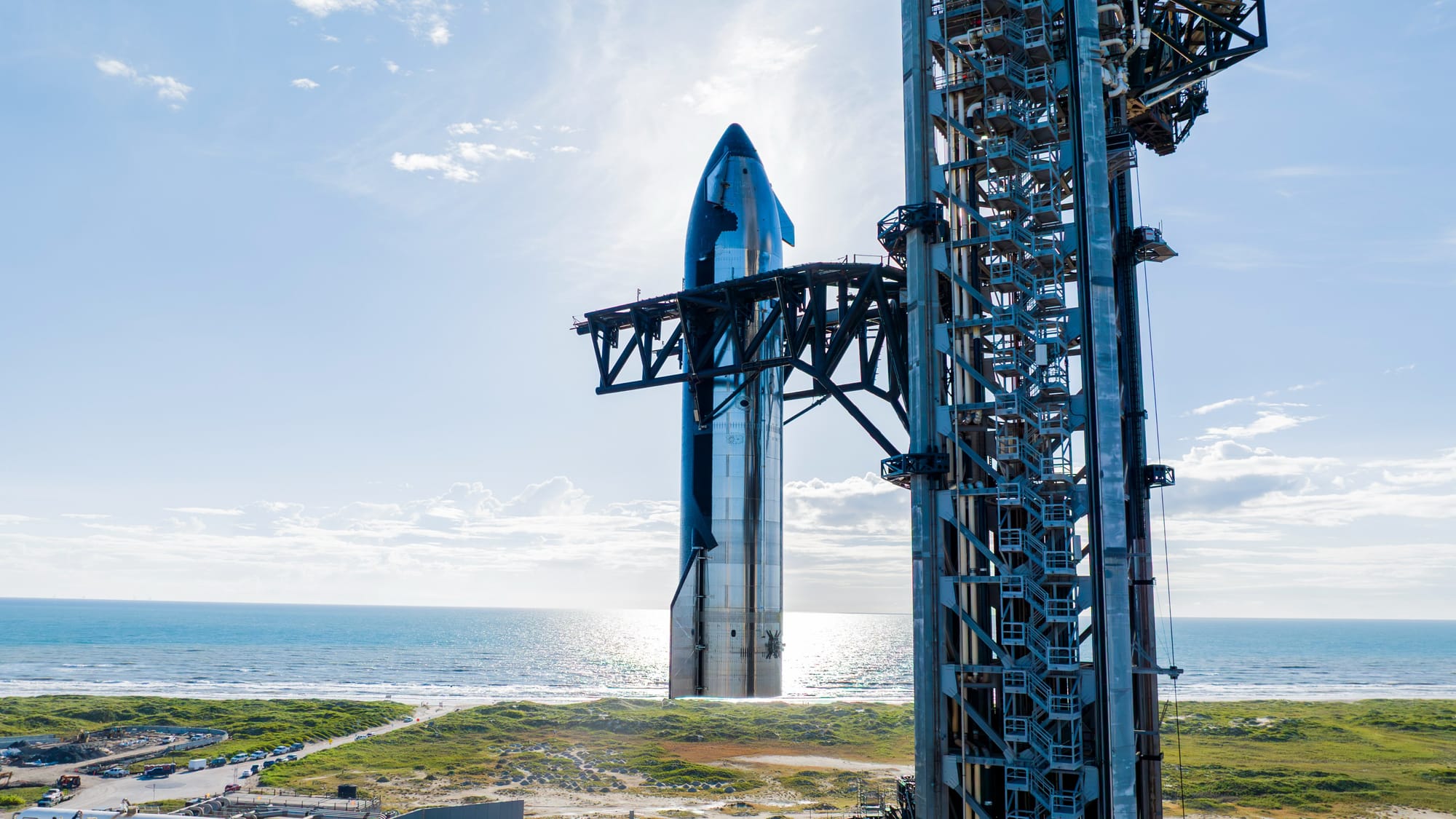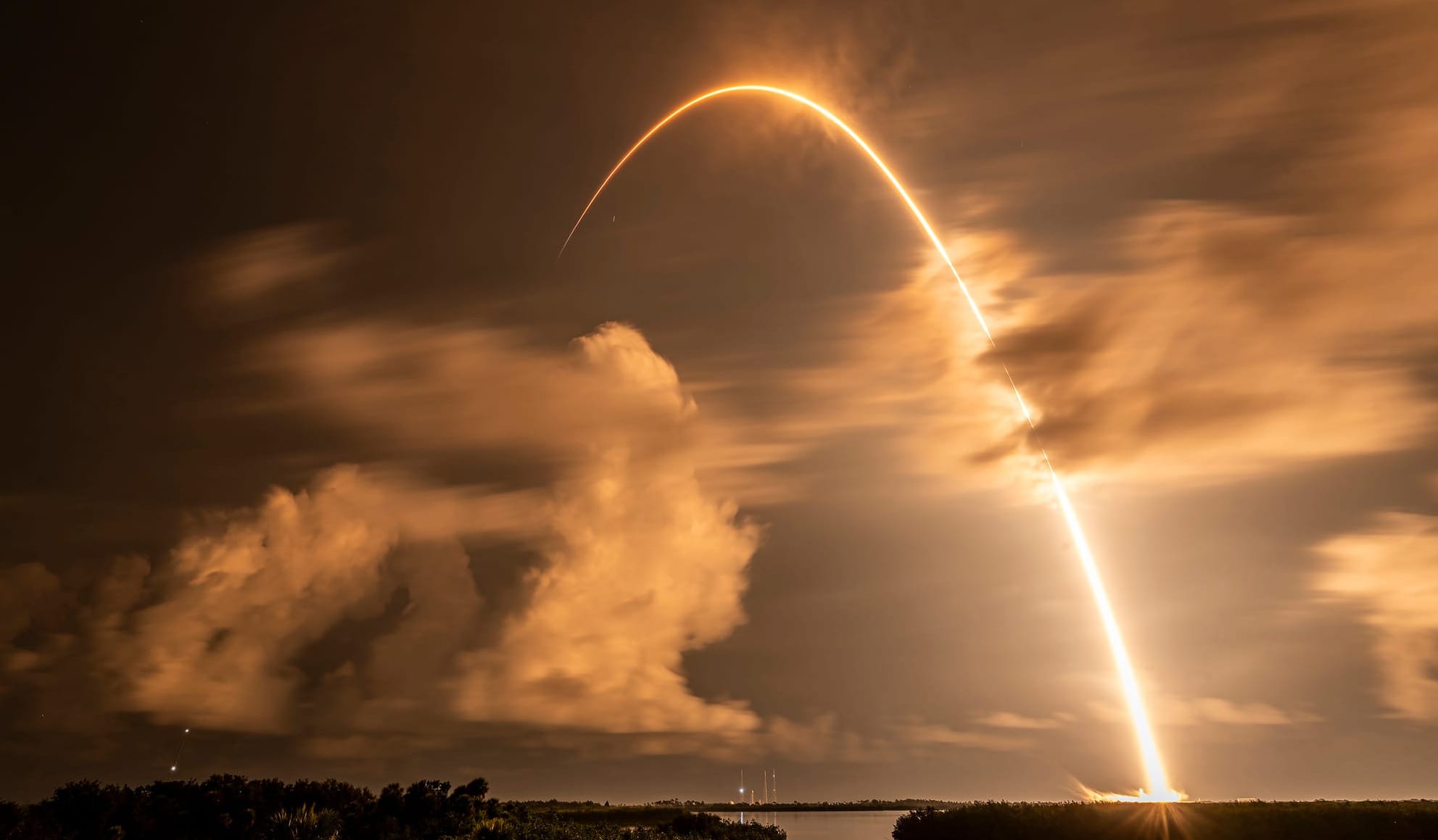Table of Contents
Former officials and NASA's safety panel have warned that Starship may delay the Artemis III mission, which should have been anticipated.
NASA's Aerospace Safety Advisory Panel is warning that SpaceX's Starship Human Landing System (HLS), set to carry astronauts to the Moon during the Artemis III mission, could be delayed beyond a mid-2027 target for the mission. A major technical challenge that could cause the delay would be Starship-to-Starship cryogenic propellant transfer, originally set to be tested this year but now pushed into 2026. With current target dates, panelist and former Johnson Space Center Director of Mission Operations, Paul Hill, noted:
"The HLS schedule is significantly challenged and–in our estimation–could be years late for a 2027 Artemis III moon landing."
That warning reportedly comes after the advisory panel visited Starbase, where SpaceX tests its Starship vehicles in southern Texas, back in August.
Similarly, a New York Times report, based on interviews with former NASA officials, suggests that Starship HLS may not be ready until 2032 due to technical challenges associated with propellant transfer plans. Former NASA Administrator has also been critical of Starship HLS, saying that the then-leaderless space agency chose a big rocket over a lunar lander.
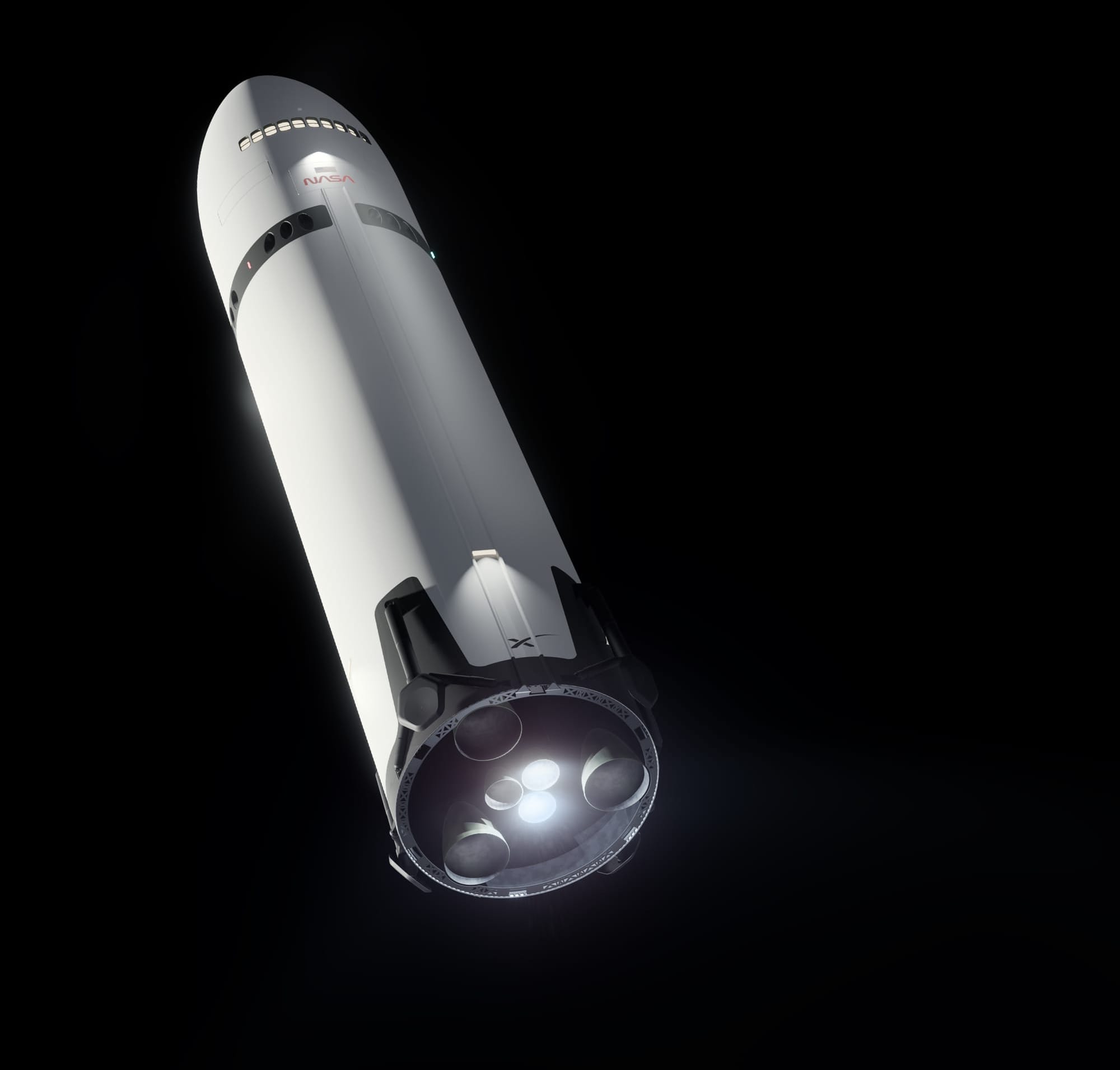
These concerns about readiness stem from the ambitious timeline established for the program. Selected back in April 2021 through a 2.89 billion United States Dollar contract, Starship HLS was assigned to the Artemis III mission, then set for 2024. At that point, Starship was yet to fly for the first time with the Super Heavy booster, still conducting in-atmosphere hops. For the crewed lunar landing, SpaceX is contractually obligated to fly an uncrewed demonstration before the 2024 mission. But toward the end of the year, Artemis III was delayed in 2025, affording Starship HLS another year. In a further vote of confidence in HLS, NASA awarded SpaceX 1.15 billion in late 2022 to also provide the lunar lander for the Artemis IV mission, set for 2027 (now 2028).
As of NASA's current Artemis schedule, SpaceX needs to perform a Starship HLS demonstration ahead of a mid-2027 date for Artemis III, while also having another ready for that mission. Within two years, the massive lunar lander, and its needed refueling and depot spacecraft, need to demonstrate reliable in-orbit operations, regular cryogenic refueling, minimal propellant boiloff while loitering, and lunar operations (descent, landing, and ascent). Both flights of Starship HLS for Artemis III are estimated to need up to twenty refueling flights within a few months (SpaceX has so far demonstrated Starship-Super Heavy can fly about five times a year). Those testing timelines would also be assuming Starship constantly progressed forward and didn't face a period of repeated failure.
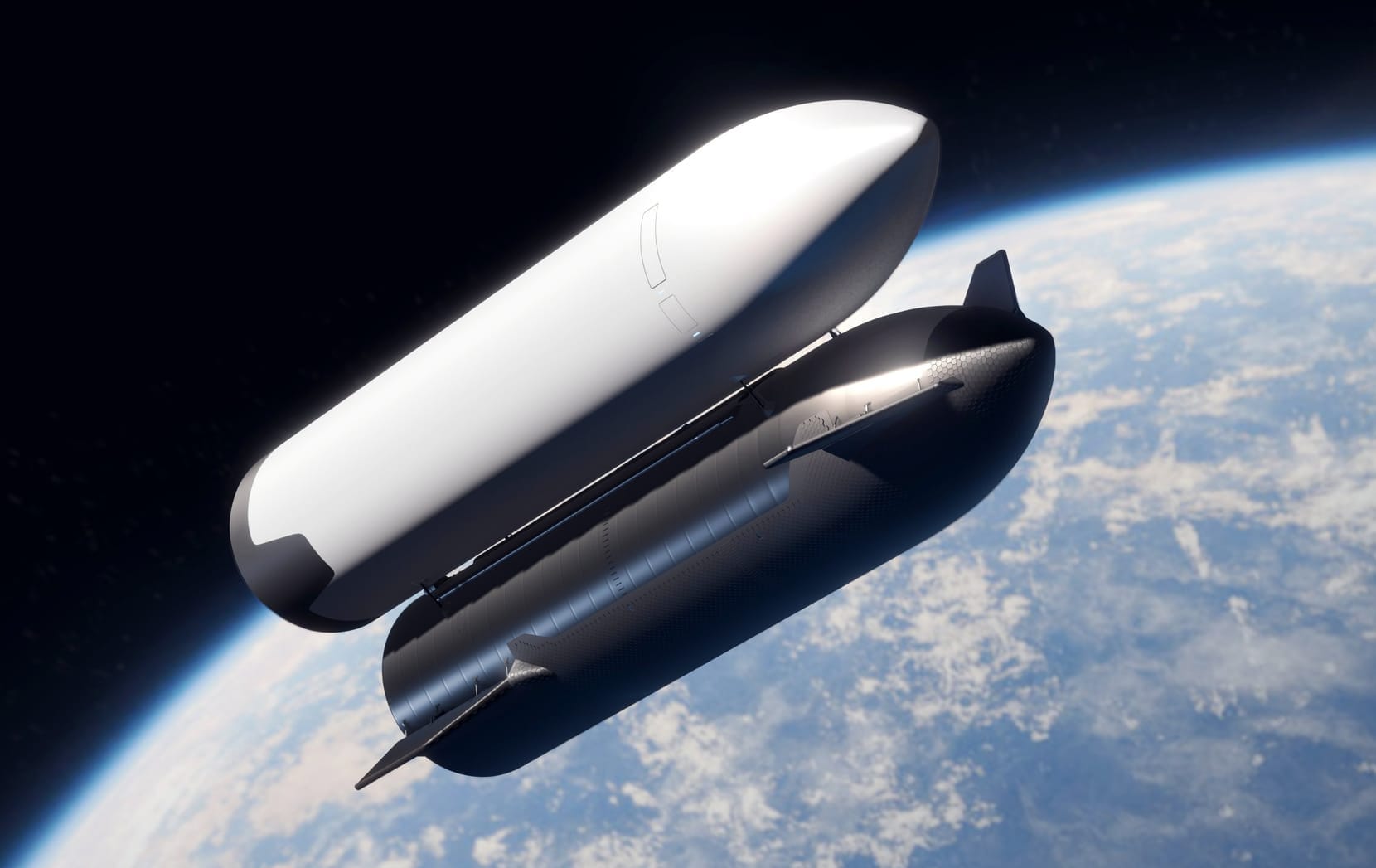
Unfortunately for Starship HLS, 2025 was going to be a critical year for demonstrating Starship-to-Starship propellant transfer, but all chances of that were written off through repeated hardware failures. Most recently in June, Ship 36 unexpectedly exploded during a routine test, wiping out a critical pre-flight test stand with it. Before that, during flight tests of the vehicle, Ship 33 was lost due to a fire in its engine section in January; next in March, Ship 34 was again lost in a fire again; then in May, Ship 35 was destroyed during atmospheric reentry following leakages across the vehicle. Finally in August, Starship's first successful flight test of the year was performed, although only with one more current version of the vehicle ready before a design overhaul to meet the capabilities needed for the fully reusable Starship-Super Heavy rocket to work as designed.
As a result of this year's events, any transfer testing is now expected many months into 2026 at the soonest. SpaceX's President and Chief Operating Officer, Gwynne Shotwell, briefly spoke on some of the challenges associated with Starship's propellant transfer on September 17th:
"We know we can attach two vehicles, we’ve put Dragon on the International Space Station dozens of times. But can we transfer propellant? And is that propellant still basically cryogenic—is it still cold enough? Hopefully, it’s not as hard as some of my engineers think it’s going to be. All of this is hard."
Naturally, with the technical complexity of the Starship HLS architecture and short timeline to prove the spacecraft, the likelihood of delaying Artemis III due to issues with the lander should have been expected. This year's period of repeat failures has only increased the chance of SpaceX-caused delays.



